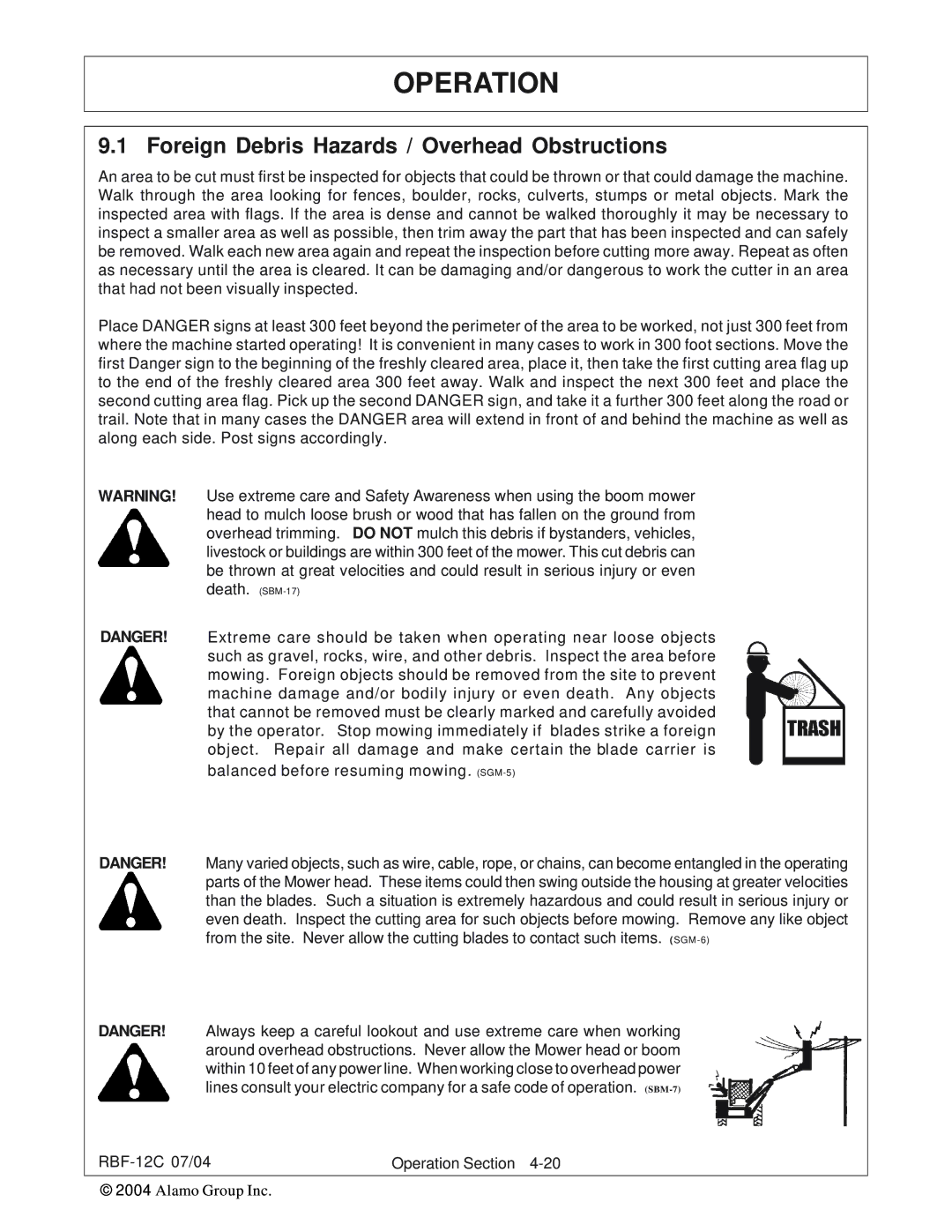RBF-12C specifications
Tiger Products Co., Ltd has consistently been at the forefront of innovation in the manufacturing industry, and their latest offering, the RBF-12C, exemplifies this commitment to excellence. The RBF-12C is a precision-built, high-performance industrial robot designed to enhance productivity and efficiency in various manufacturing processes.One of the standout features of the RBF-12C is its impressive load capacity. With the ability to handle payloads of up to 12 kilograms, this model is perfect for applications requiring both strength and precision. This robustness makes it suitable for a range of tasks, including assembly, welding, and material handling.
In terms of technologies, the RBF-12C is equipped with advanced motion control systems. Its high-speed servo motors enable swift and accurate movements, minimizing cycle times while maximizing productivity. The robot's ability to achieve precise positioning is enhanced by its built-in feedback systems, which continuously monitor and adjust the robot's movements for optimal performance.
Another significant characteristic of the RBF-12C is its user-friendly interface. The robot comes with an intuitive programming environment that allows users to easily create and modify programs without needing extensive coding knowledge. This accessibility reduces the learning curve for new users and enables companies to integrate the RBF-12C into their existing workflows with minimal disruptions.
Safety is also a top priority with the RBF-12C. The robot is designed with multiple safety features, including collision detection and emergency stop functionalities, ensuring that operations are conducted smoothly without compromising worker safety. This makes the RBF-12C an ideal choice for environments where human-robot collaboration is essential.
Furthermore, the RBF-12C boasts a compact design, which allows for flexible deployment in confined spaces often found in modern manufacturing facilities. Its modular structure also means that it can be easily customized to meet specific operational requirements, accommodating various tools and attachments depending on the task at hand.
In conclusion, Tiger Products Co., Ltd’s RBF-12C robot stands out for its robust payload capacity, advanced motion control technologies, user-friendly programming interface, safety features, and compact design. These characteristics make it an invaluable asset for any manufacturing process looking to enhance efficiency and productivity while maintaining high standards of safety and adaptability.

